Baby Shark revealed! Australia-bound BYD small ute is based on plug-in Sealion 6, targets ultra-low pricing and an EV range beyond 130km
Fresh patents filed in Europe suggest BYD is hatching plans for a new ute to sit beneath the popular BYD Shark 6.
The plan is it will be considerably cheaper than the $57,900 plus on-roads charged for the plug-in hybrid pick-up that’s proved immensely popular in Australia this year.
Images of the new small ute were reportedly leaked following a trademark application with the European Union Intellectual Property Office.
READ MORE: 2025 BYD Atto 2 Premium Review: Australia’s cheapest compact electric SUV is going to be tough competition for both EVs and ICE … and not just because of the price
READ MORE: 2025 BYD Atto 1 Premium Review: Australia’s cheapest EV is also a decent city car with clever design and real driving character. But will anyone buy it?
READ MORE: Look out Mazda, look out Ford! Chinese brand BYD plans to double sales again to be top three in Australia in 2026!
They reveal a ute that appears clearly based on the BYD Sealion 6 currently sold in Australia.
Hotly tipped to have been developed for buyers in Europe, South America and Australia, the images of the unnamed dual-cab ute suggest it will come with a short bed and ape other car-derived pick-ups like the Ford Maverick and Hyundai Santa Cruz sold in the US with clear SUV look.

While sharing styling upfront with the Sealion 6, at the rear there are a pair of vertical taillamps that are interlinked by a full-width LED light bar.
The fuel filler cap, meanwhile, is located on the rear left fender. The charging port for the plug-in hybrid system is found on the rear right fender.
The images also suggest a clear lifestyle bent, with a rear sports bar and a roof rack. It’s thought the car-based monocoque underpinnings will limit payload.
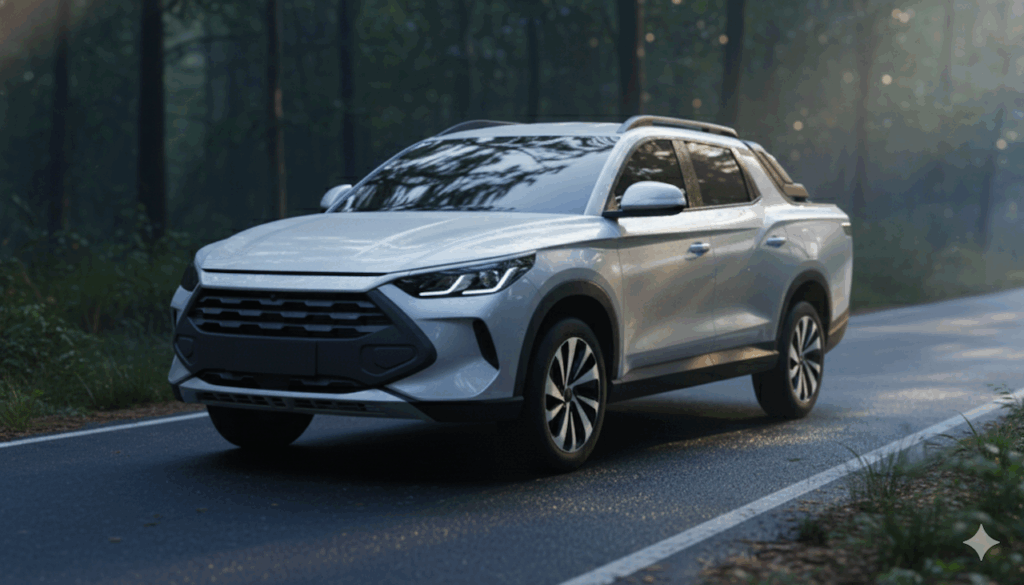
There’s no word if the new BYD ute will be offered as both an EV and plug-in hybrid. If it’s the former the ute to come with a rear-mounted e-motor that will produce 170kW with a smaller 65kWh battery, or 180kW with a larger 79kWh battery.
An all-wheel drive, dual-motor version with 290kW could also be offered.
Down Under, it’s thought BYD Australia will be more interested in the firm’s DM-i PHEV powertrain that blends an 18.3kWh or 26.6kWh battery with a 150kW/300Nm front e-motor and a smaller 120kW/250Nm rear motor fed electricity by a 96kW/220Nm 1.5-litre four-cylinder engine.
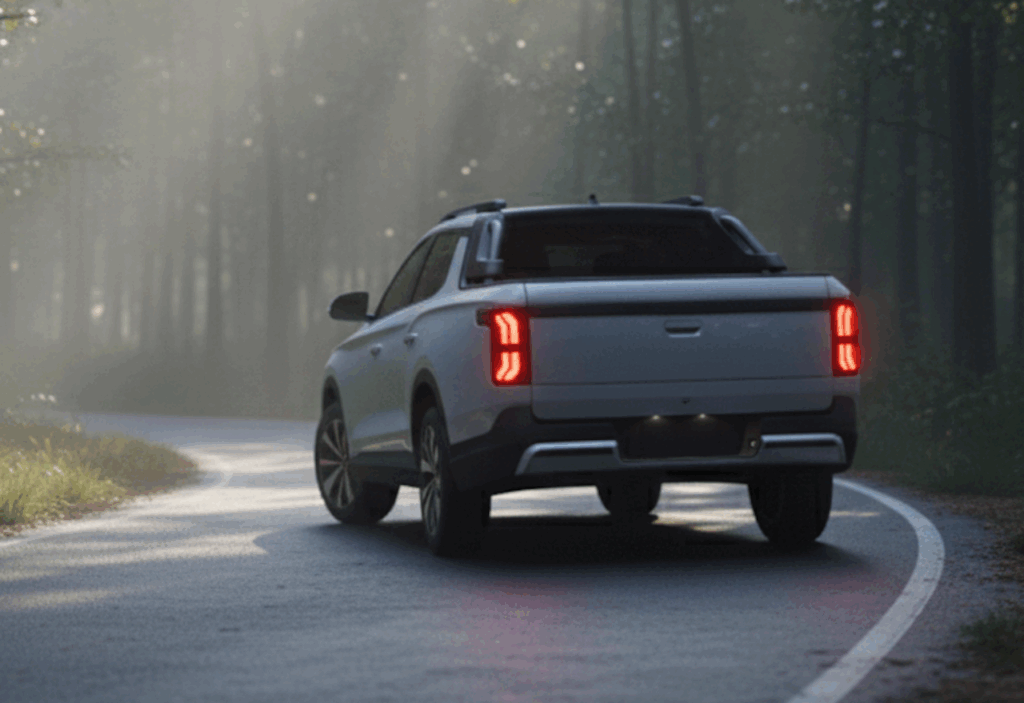
Total power should be 253kW and 550Nm of torque, with a 0-100km/h dash set to take around 5.5 seconds.
The version with the bigger battery should come with an EV-only range of more than 130km. Highly theoretical claimed combined fuel use would drop to less than 1.0L/100km.
Like the Sealion 6, the plug-in hybrid version would be capable of being topped using AC power at 6.6kW and up to 18kW using a fast DC charger.
Some reports suggest the entry ute might also come with the more powerful plug-in set-up from the Shark 6, suggesting an even larger 29.58kWh battery for a range that could surpass 200km, which allows for faster 55kW DC charging.
There’s no word yet when we will next see the entry=level BYD ute, but it’s thought it could be unwrapped before the end of this year ahead of sales starting in 2026.

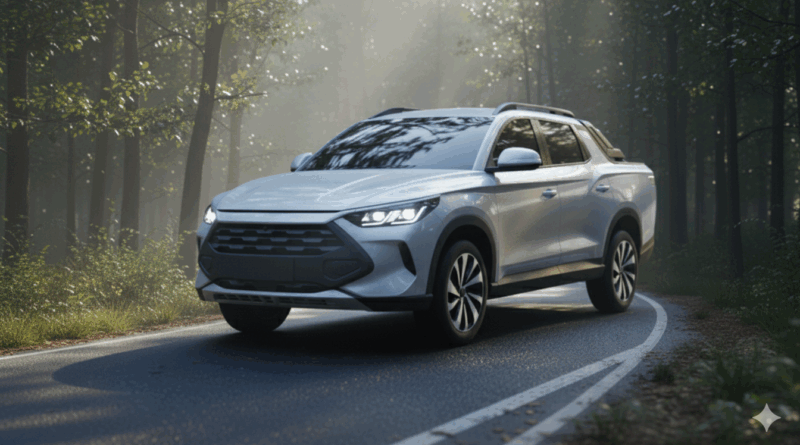


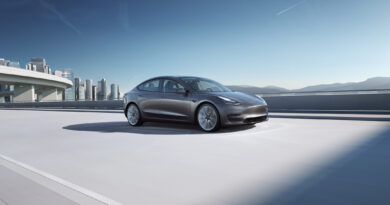
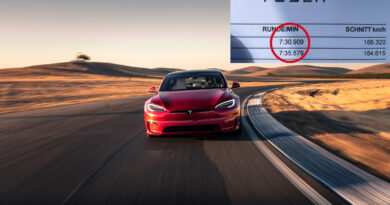
Point of contention. The BYD Shark, like the Ford Ranger are not utes in my experience. Should never be described as utes. It’s offensive. They are toy trucks. Or simply, trucks. Utes are like the Holden hack, a car made ready to be a workhorse. So, the a hack of the Sealion IS a Ute.
They’ve got to call it Baby Shark! Would be worth quite a few sales I reckon!